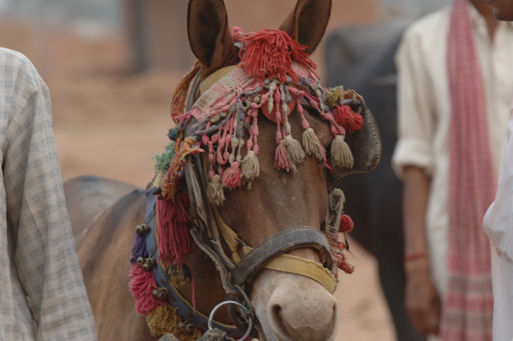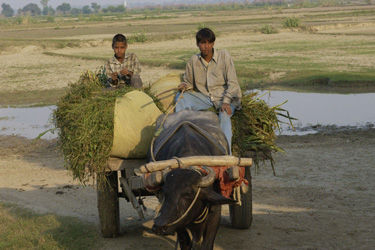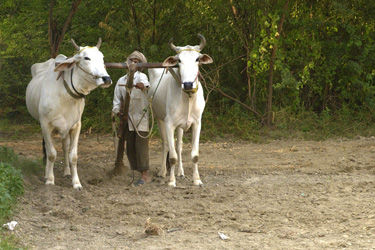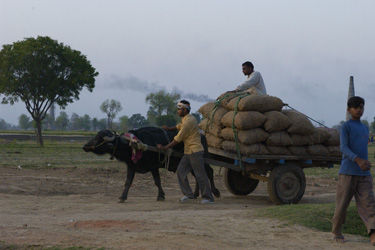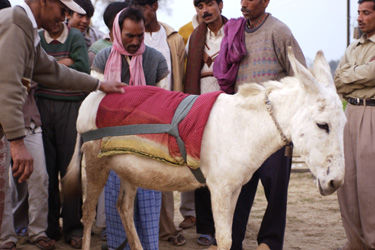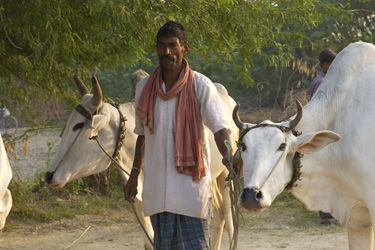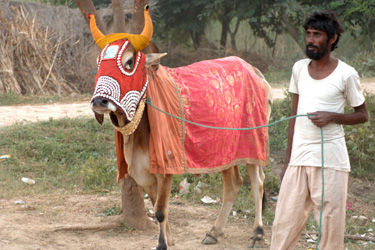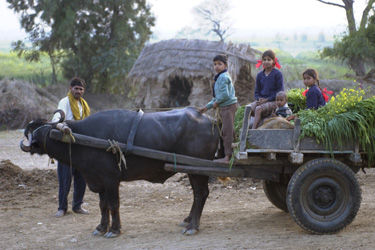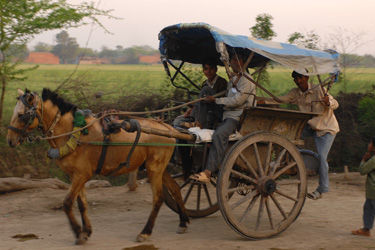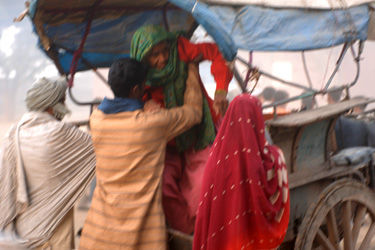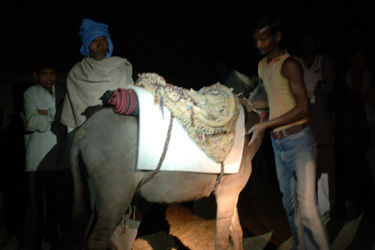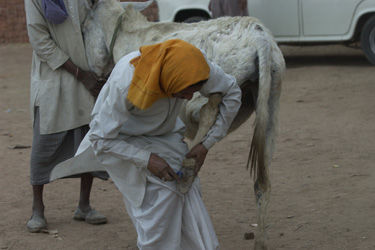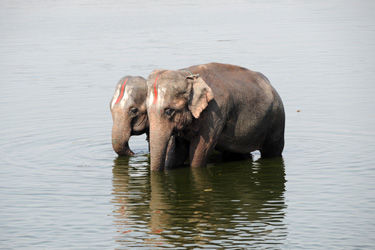Work Animals
Medical care and harnesses for camels, buffaloes, bullocks, bulls, horses, mules, and donkeys.
Work Animals - Project Balaram - India
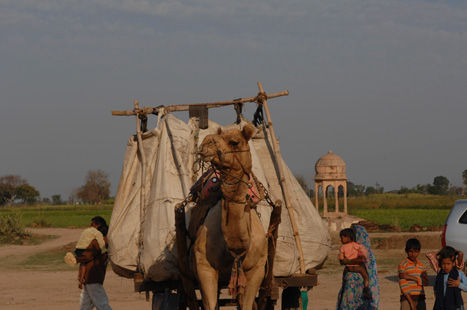
The rig that this camel is hauling is used for carrying chopped straw from the fields after harvest, which will be used for animal feed. When filled, the bag will bulge out about 3-4 feet on each side.
Importance of Work Animals
Work animals provide transportation for crops to market, supplies to the field for cultivation, freight transportation of goods, which creates additional income for farmers between crops, plowing and preparing their fields for cultivation, family transportation, and renewable energy for cooking fuel.
For many families, their entire existence depends on the health of their animals. If the animal falls ill, dies, or is not able to work, it is a great hardship for the family.
Medical Care for Work Animals
Free medical care and medicine is provided for all work animals, including prophylactic vaccines and treatments.
When work animals are brought for treatment, if they are too ill or injured to work with, we keep them with us for the day and provide their feed, water, medical care, and rest. The owner is loaned a rickshaw so that he is still able to earn money for that day while the animal heals. At the end of the day, the owner returns the rickshaw and takes the animal home for the night, and he returns in the morning with the animal for treatment, rest, and food.
Harnesses and Blankets
Harnesses and blankets are provided to prevent injury due to ill fitting harnesses and equipment designed to help the animal get back to work without further injury to the healing wound.
Farrier for Bulls, Bullocks, Horses, Donkeys, and Mules
Our farrier shoes and trims feet for the work animals. The desert conditions wear the shoes down in approximately 2-3 weeks, which causes the hoof to break down due to extra nail caused by too frequent shoeing.
We have had better success with welding borium on the bottom of the shoes so that they last longer, preventing excess nail holes in the hoof.
